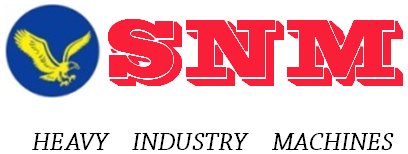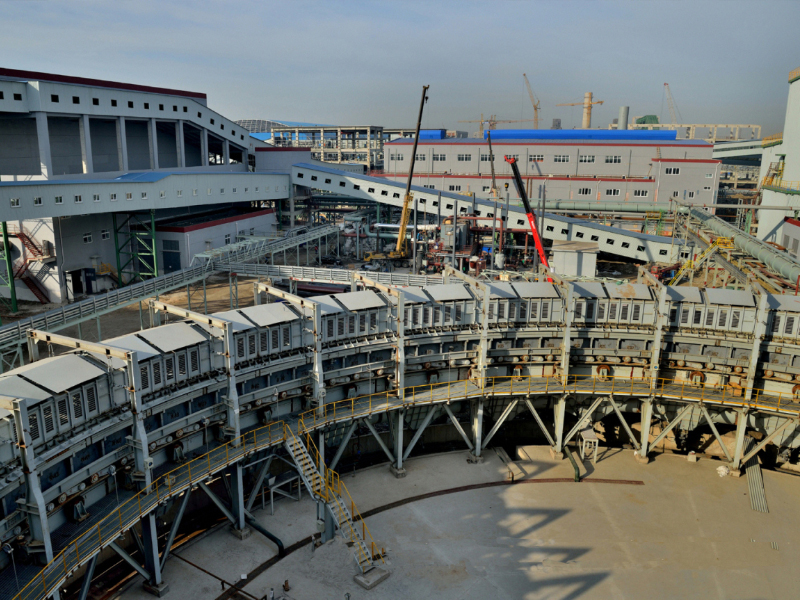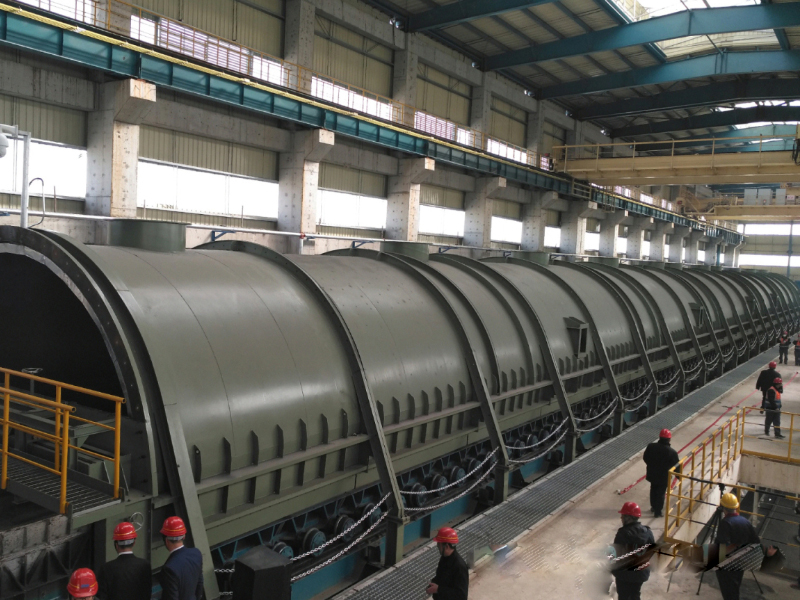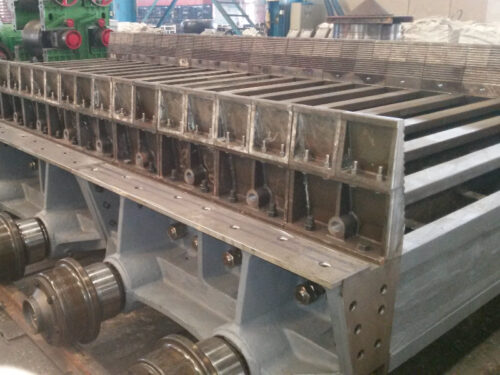Sinter Plant
Sinter plants agglomerate iron ore fines with other fine materials at high temperature, to create a product that can be used in a blast furnace
Iron Ore Sintering
.
.
.
Sintering is the process of compacting and forming a solid mass of material by heat or pressure without melting it to the point of liquefaction.
Sintering happens as part of a manufacturing process used with metals and other materials, besides iron ore, most of metalic material can be sintered.
Sintering is static when a metal powder under certain external conditions may exhibit coalescence, and yet reverts to its normal behavior when such conditions are removed. In most cases, the density of a collection of grains increases as material flows into voids, causing a decrease in overall volume.
Mass movements that occur during sintering consist of the reduction of total porosity by repacking, followed by material transport due to evaporation and condensation from diffusion.
In the final stages, metal atoms move along crystal boundaries to the walls of internal pores, redistributing mass from the internal bulk of the object and smoothing pore walls. Surface tension is the driving force for this movement.
Advantages
Particular advantages of the powder technology include:
- Very high levels of purity and uniformity in starting materials
- Preservation of purity, due to the simpler subsequent fabrication process (fewer steps) that it makes possible
- Stabilization of the details of repetitive operations, by control of grain size during the input stages
- Absence of binding contact between segregated powder particles – or “inclusions” (called stringering) – as often occurs in melting processes.
- No deformation needed to produce directional elongation of grains
- Capability to produce materials of controlled, uniform porosity.
- Capability to produce nearly net-shaped objects.
- Capability to produce materials which cannot be produced by any other technology.
- Capability to fabricate high-strength material like turbine blades.
- After sintering the mechanical strength to handling becomes higher.
Disadvantages
- Particular disadvantages of the powder technology include:100% sintered (iron ore) cannot be charged in the blast furnace
- Sintering cannot create uniform sizes
- Micro- and nanostructures produced before sintering are often destroyed.
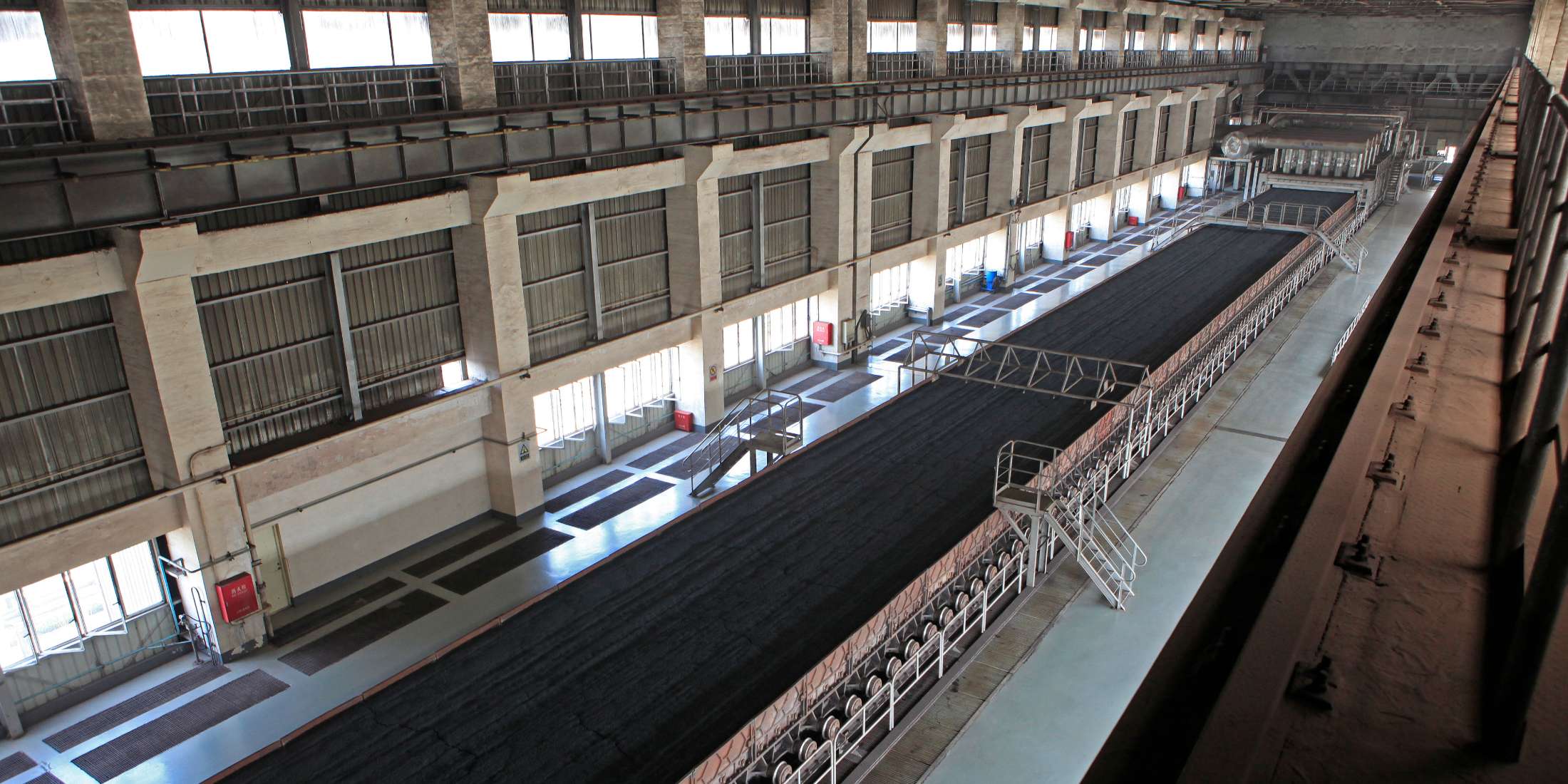
Related Products
Check main equipments of sinter plant
WE WILL REVERT BACK TO YOU IN 24 HOURS
FOLLOW US IN OUR SOCIAL NETWORKS
